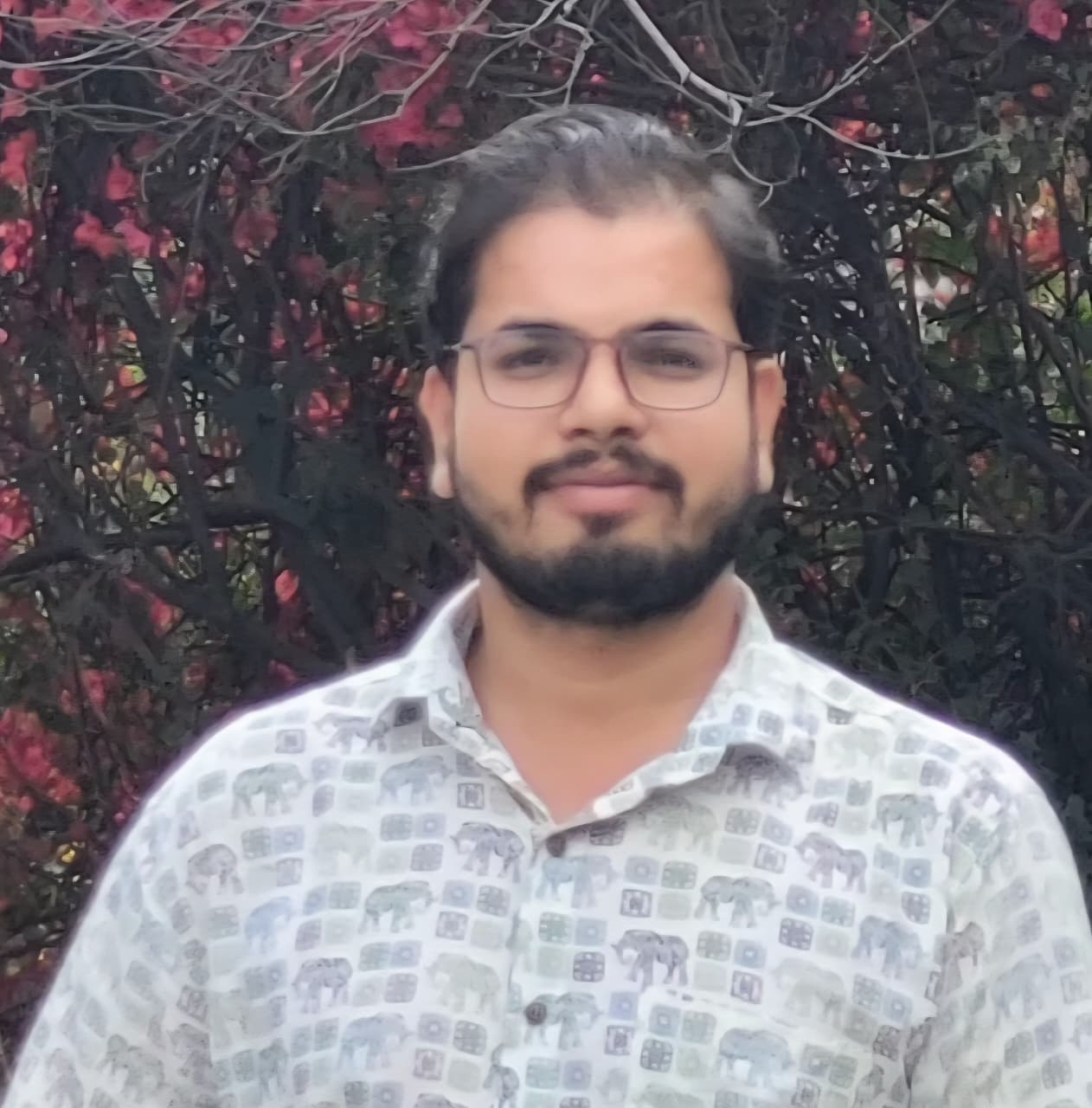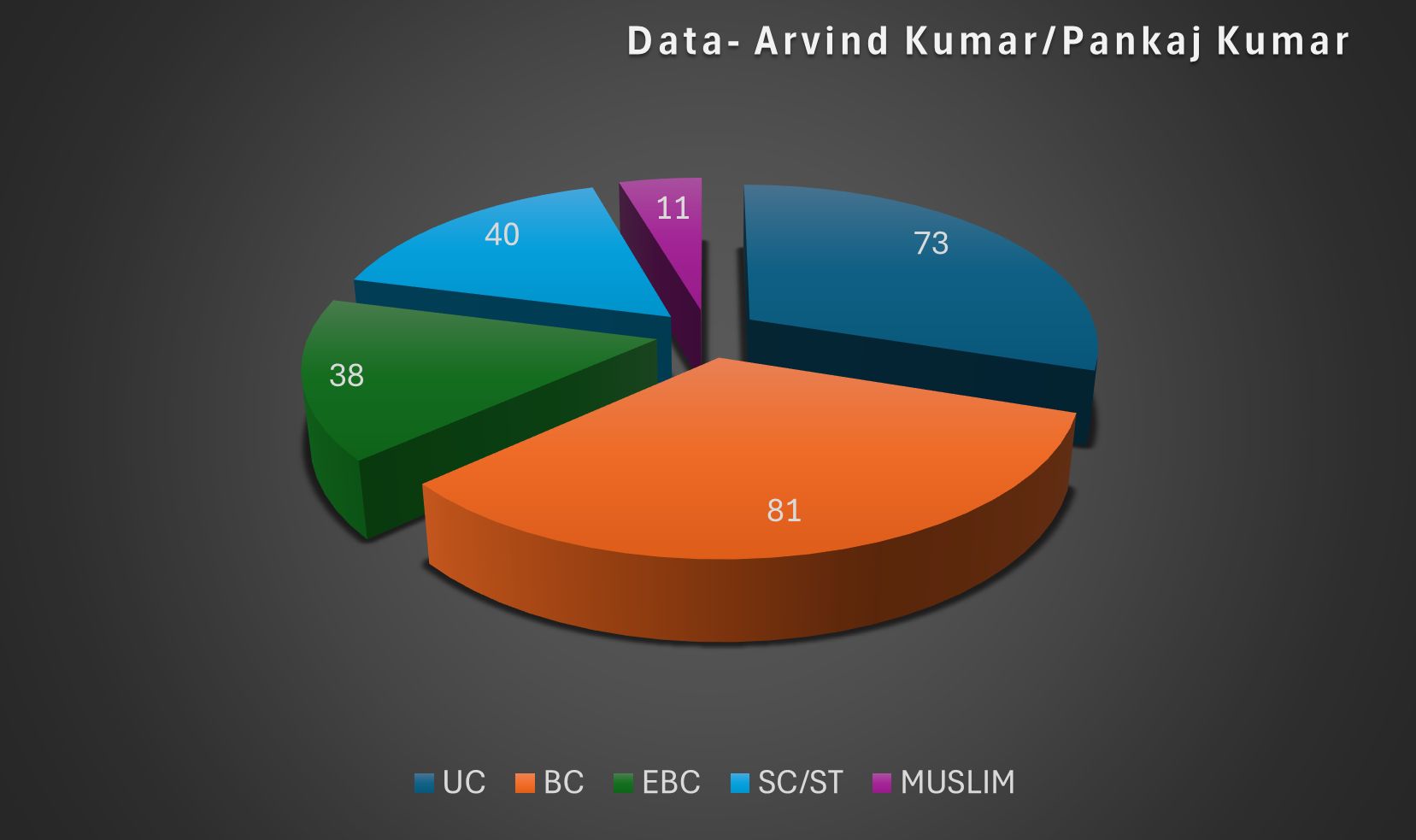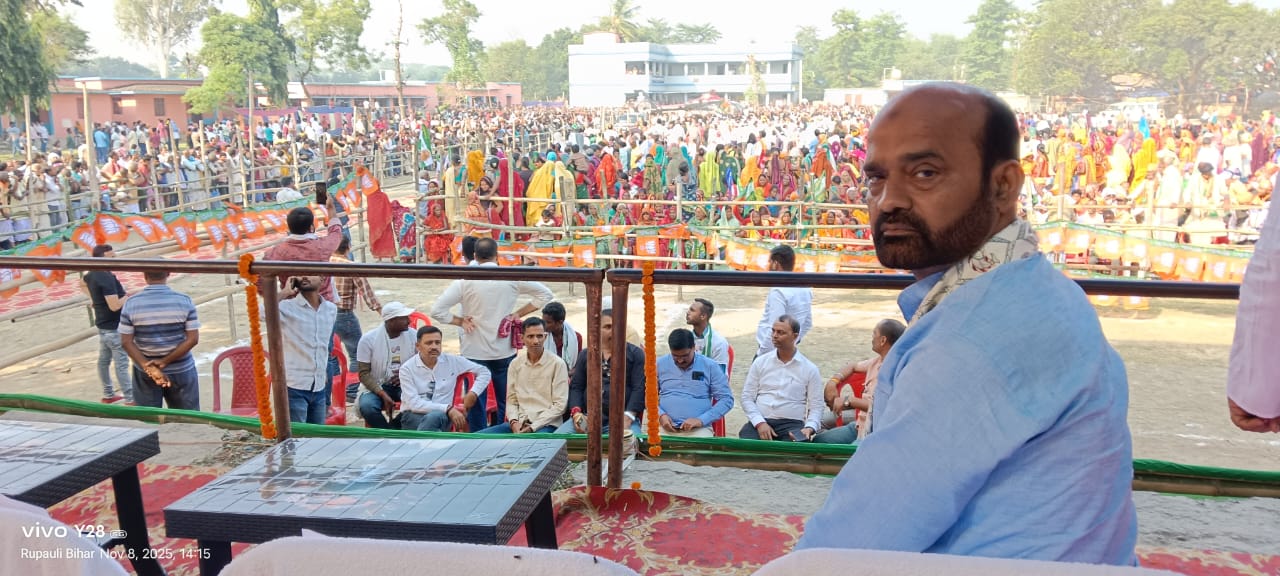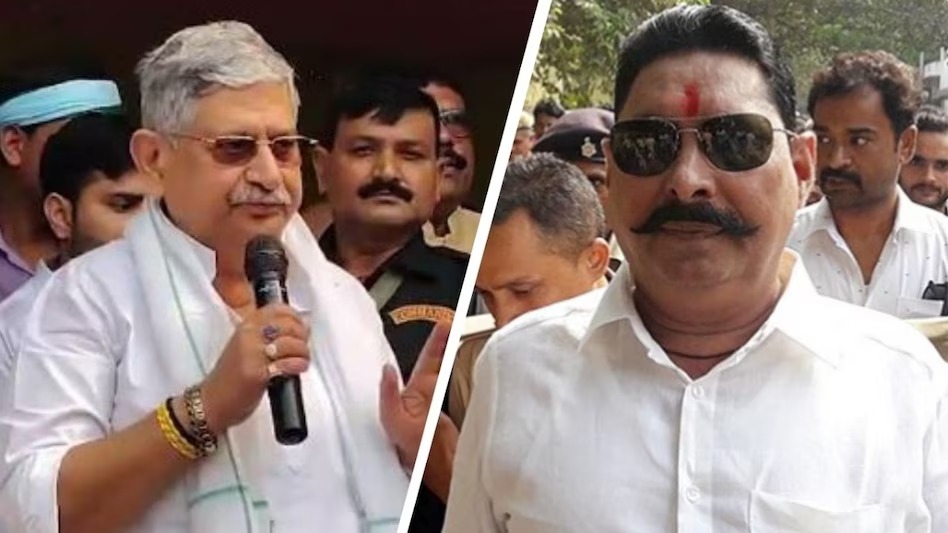As 2025 Bihar Assembly Elections draw closer, political parties have intensified their attacks on each other. The Mahagatbandhan’s ‘Voter Adhikar Yatra’ has electrified the political atmosphere. Prime Minister Narendra Modi has also increased the frequency of his visits to Bihar.
By announcing a series of sops, including free electricity up to 150 units per household, hike in old-age pension for women and Mukhyamantri Mahila Yojana, long-serving Chief Minister Nitish Kumar has made it very clear that he is not opting out of the race. Rashtriya Janata Dal (RJD) leader Tejashwi Yadav has been reminding people of the jobs provided during his deputy chief ministership and promising freedom from incidents of loot, assaults and murders to underline his claim to the top job.
Caste has always been at the centre of politics in Bihar. Since the Mandal era, caste politics has undergone many changes. Of late, it has become clear that the party or parties backed by the Extremely Backward Castes (EBCs) come to power in the state. These castes are considered the core vote bank of Nitish Kumar.
Who are EBCs?
The EBCs are part of the broader Backward Classes (BCs) category, but lag behind other BCs in social, political and economic arenas. The EBCs neither own enough farmland for sustenance nor have other economic resources. They are on the margins in all sectors ranging from politics to education. They are also victims of violence, but they don’t have the protection of statutes like the Scheduled Castes-Scheduled Tribes Atrocities Act. They include many artisanal castes like Badhai (carpenters), Lohar (ironsmiths), Kumhar (potters) and others who make do with small businesses. Nishad, Bind, Mallah and other castes who earn their livelihood by fishing, plying boats, etc are also part of the EBCs.
Journalist Sunil Kashyap says, “These castes are looked down upon and their main fight is for dignity. In their daily life, they not only have to contend with the upper castes, but also with the dominant OBC castes. P.S. Krishnan, who served as secretary to the Government of India, in his book ‘Social Exclusion and Justice in India’ asserts that the Backward Classes are not homogenous and are divided into different categories, with EBCs being the most oppressed.”
Besides the Rohini Commission appointed by the central government, state governments have also formed panels such as Justice Raghvendra Singh Committee and Samajik Nyay Samiti in Uttar Pradesh to study the possibility of sub-categorization of the OBCs. But the first state to do so in north India was Bihar. In 1978, the then chief minister Karpoori Thakur accepted the recommendations of the Mungeri Lal Commission and allocated a separate reservation quota for the EBCs. Karpoori Thakur had to face vicious attacks for implementing the report of the committee and even now in daily conversations unrealizable dreams are mockingly termed “Mungerilal Ke Haseen Sapne”.
The report of the Rohini Commission, appointed to identify the EBCs, is yet to be made public. The commission was constituted on 2 October 2017 and was given 14 extensions till it finally submitted its report to the government on 31 July 2023. The report is yet to be placed in the public domain.
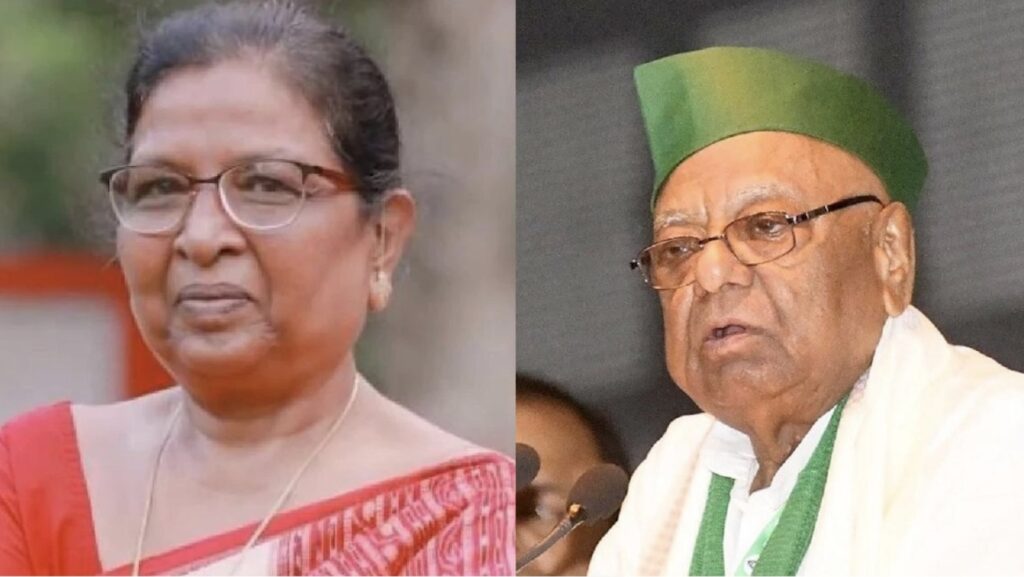
History of EBC politics in Bihar
Karpoori Thakur, himself from the EBC Nai (barber) caste, played the most important role in winning political and social recognition for the OBCs. The social and political status of the EBCs got the biggest boost when Nitish Kumar, acting on an order of the Patna High Court, ended reservations for the OBCs in Panchayati Raj institutions and transferred their quota to the EBCs. This led to the emergence of many new leaders from the ranks of the EBCs and their presence in politics increased.
Today, many EBCs are MPs, MLAs and ministers. From time to time, castes have been added to the list of the EBCs. That happened even when Lalu Prasad Yadav was chief minister. However, most of them were Pasmanda (Muslim) castes. Later, during the regime of Nitish Kumar, more castes were added via a government notification issued on 1 July 2015. This drew vociferous protests. For instance, Legislative Council member Rambali Chandravanshi from RJD demanded the exclusion of Teli, Tamoli and Dangi castes from the list, arguing that they were well off. He also launched agitations in the issue. The 2015 notification also removed the Tanti caste from the list of EBCs and added it to the SCs. But in 2024, the Nitish Kumar government had to restore Tanti caste to the EBC list on the orders of the Supreme Court.
Bihar elections and EBCs
The EBCs, according to the recent caste-based survey, form 36 per cent of Bihar’s population. Naturally, all parties are using every trick in their bag to woo them. The RJD has appointed Mangani Lal Mandal, who comes from the Dhanuk caste (included among EBCs), as its state president. The RJD has also promised that the EBCs will get a bigger share of candidates for the assembly polls.
The Congress has created a department for the EBCs and has named Shashibhushan Pandit (a Kumhar) as its state chief. He has been very active on the ground. Additionally, immediately after the “Voter Adhikar Yatra”, the Congress launched an “EBC Nyay Yatra” under the leadership of Kunal Bihari, a Jawaharlal Nehru University research scholar. He would be visiting all districts of Bihar, riding the Jannayak Karpoori Thakur Rath, raising the issues dear to the EBCs and trying to mobilize them in favour of the Congress. Rahul Gandhi has already met leaders of Lohar, Badhai, Nai and other such castes.
The Bharatiya Janata Party (BJP) has many EBC leaders in Bihar. But its most well known face is Prime Minister Narendra Modi himself who comes from the Teli caste, included in the list of EBCs by the Nitish Kumar Government in 2015. In 2020, while forming a government in alliance with Nitish Kumar’s Janata Dal-United (JDU), the latter had sent a powerful message to the EBCs by nominating Renu Devi (from Nonia caste) for deputy chief ministership.
The recent electoral history of Bihar shows that the EBCs are the core voters of JDU. This, despite the fact that in the last assembly polls the RJD had fielded 19 EBCs as its candidates, though only four of them could win. The JDU had fielded 17 EBCs, of which 12 emerged victorious.
Be that as it may, there is no doubt that with growing social and political consciousness, the EBCs are finding space in many parties. But they are yet to command influence. After Karpoori Thakur, no prominent leader could emerge from the ranks of the EBCs. Irrespective of the outcome of the Bihar polls, the importance of EBCs in the politics of the state is bound to increase and that will impact Uttar Pradesh and other parts of the country as well.
(Translated from the original Hindi by Amrish Herdenia)
Forward Press also publishes books on Bahujan issues. Forward Press Books sheds light on the widespread problems as well as the finer aspects of Bahujan (Dalit, OBC, Adivasi, Nomadic, Pasmanda) society, culture, literature and politics. Contact us for a list of FP Books’ titles and to order. Mobile: +917827427311, Email: info@forwardmagazine.in
